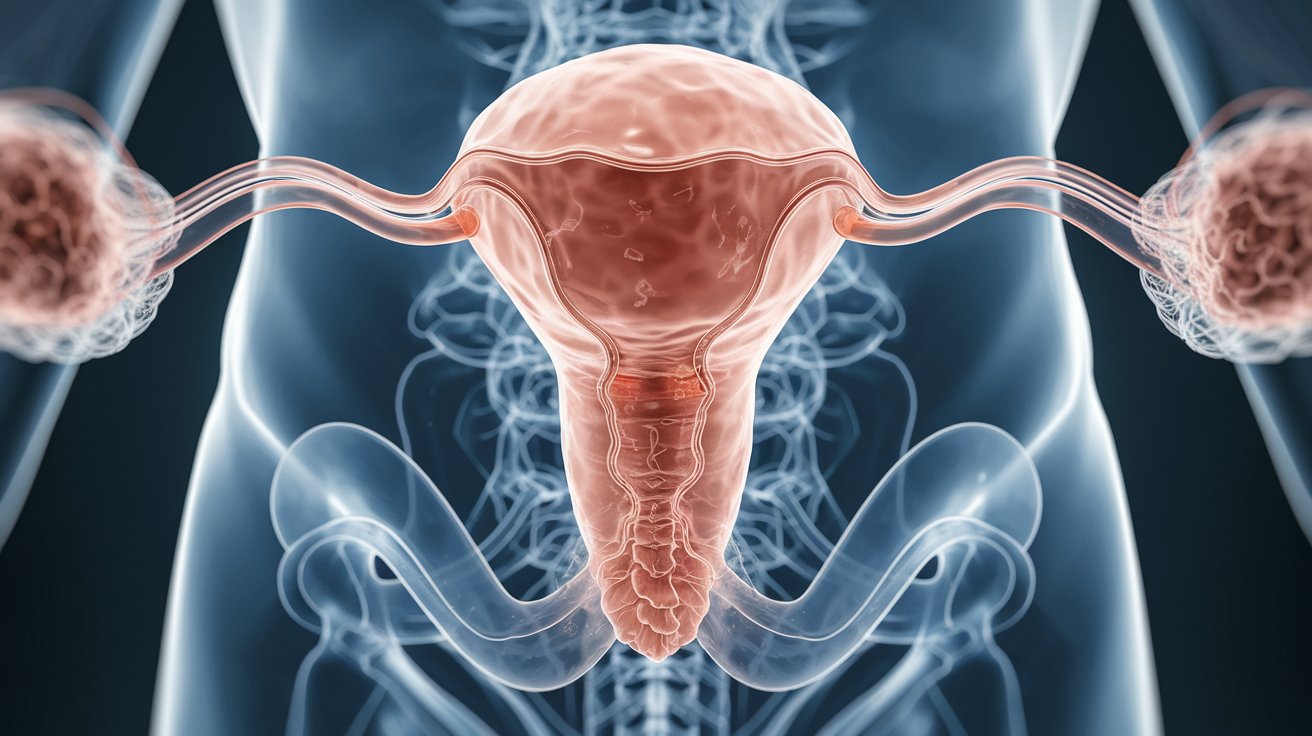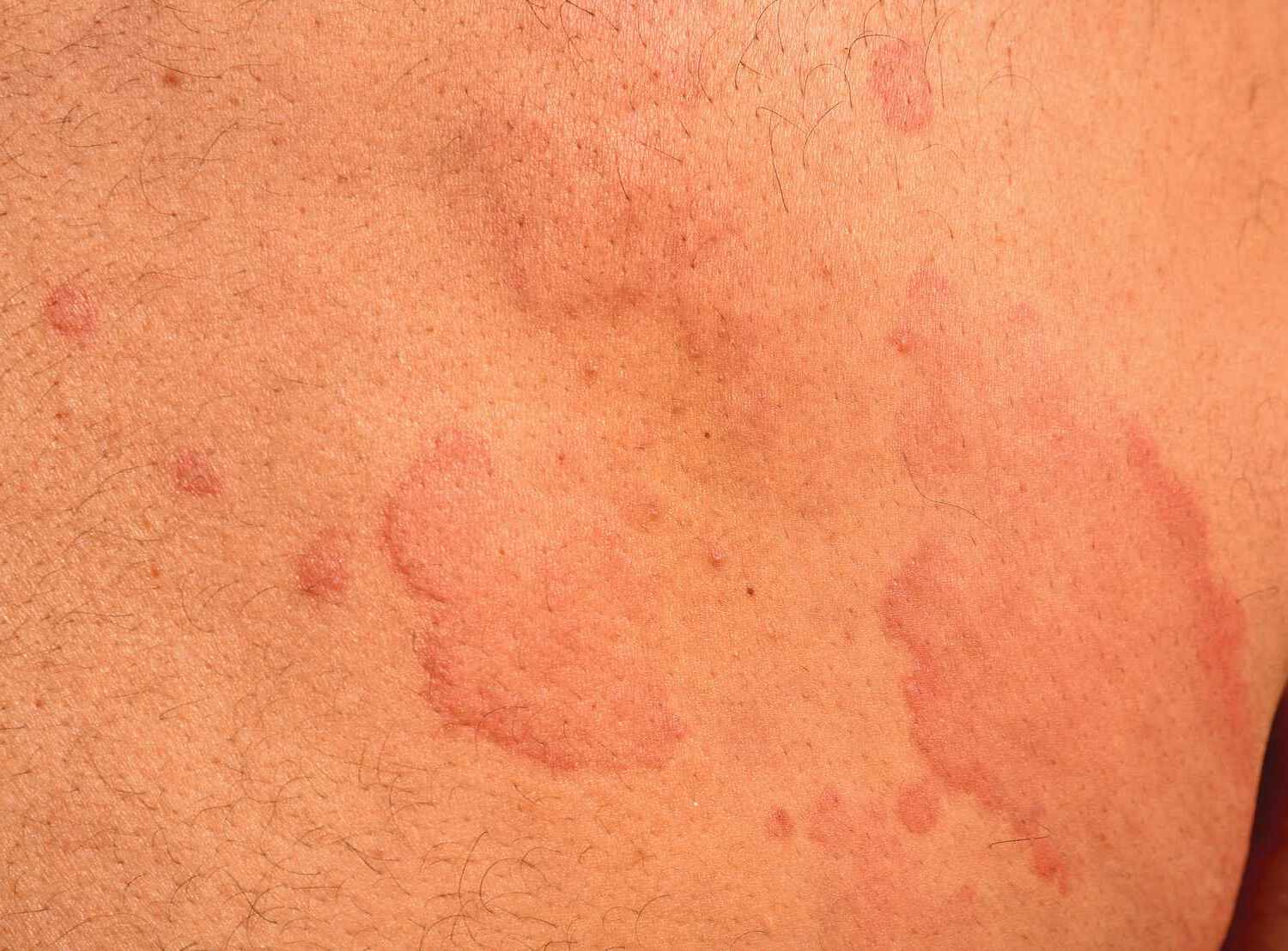
Persistent Müllerian Duct Syndrome (PMDS) is a rare genetic condition where males have both male and female reproductive organs. This happens because the Müllerian ducts, which usually disappear in male embryos, persist. PMDS often goes unnoticed until surgery for other issues, like hernias or undescended testes. Symptoms can vary, but many individuals lead normal lives without knowing they have it. Understanding PMDS can help in recognizing and managing this condition better. Here, we’ll explore 30 intriguing facts about Persistent Müllerian Duct Syndrome to shed light on its causes, symptoms, and treatments. Get ready to learn something new!
Key Takeaways:
- Persistent Müllerian Duct Syndrome (PMDS) is a rare genetic condition causing both male and female reproductive organs. Early diagnosis and proper medical care can help individuals lead healthy lives despite potential complications.
- Ongoing research aims to improve understanding and treatment of PMDS. Support groups and education play a crucial role in providing resources and emotional support for individuals and families dealing with this condition.
What is Persistent Müllerian Duct Syndrome?
Persistent Müllerian Duct Syndrome (PMDS) is a rare genetic disorder affecting sexual development. It occurs in males who have both male and female reproductive organs due to the failure of Müllerian ducts to regress during fetal development. Let's dive into some intriguing facts about PMDS.
-
PMDS is a type of intersex condition, meaning individuals have characteristics of both sexes.
-
The syndrome is named after the Müllerian ducts, which are embryonic structures that typically develop into female reproductive organs.
-
In males with PMDS, these ducts do not regress as they should, leading to the presence of a uterus and fallopian tubes.
-
PMDS is usually discovered during surgery for other conditions, such as hernias or undescended testicles.
Causes and Genetics of PMDS
Understanding the genetic basis of PMDS can shed light on why this condition occurs. Here are some key facts about its causes and genetic background.
-
PMDS is caused by mutations in the AMH (Anti-Müllerian Hormone) gene or its receptor, AMHR2.
-
The AMH gene is responsible for producing a hormone that causes the Müllerian ducts to regress in male embryos.
-
When there is a mutation in the AMH gene or its receptor, the hormone cannot function properly, leading to PMDS.
-
PMDS is inherited in an autosomal recessive pattern, meaning both parents must carry the mutated gene for a child to be affected.
Symptoms and Diagnosis of PMDS
Symptoms of PMDS can vary, and diagnosis often occurs incidentally. Here are some important facts about the symptoms and how PMDS is diagnosed.
-
Many individuals with PMDS have normal male external genitalia, making the condition difficult to detect without medical intervention.
-
One common symptom is cryptorchidism, where one or both testicles fail to descend into the scrotum.
-
Another symptom is inguinal hernia, where part of the intestine protrudes through the abdominal wall.
-
Diagnosis often occurs during surgery for these conditions when unexpected female reproductive organs are found.
-
Imaging techniques like ultrasound or MRI can help confirm the presence of Müllerian structures.
Treatment and Management of PMDS
Managing PMDS involves addressing the associated symptoms and potential complications. Here are some facts about treatment and management options.
-
Surgical removal of Müllerian structures is often recommended to prevent complications like infections or tumors.
-
Hormone therapy is generally not required since individuals with PMDS typically have normal male hormone levels.
-
Regular follow-up with a healthcare provider is essential to monitor for potential complications.
-
Psychological support and counseling can be beneficial for individuals and families dealing with PMDS.
Complications and Prognosis of PMDS
Understanding potential complications and the long-term outlook for individuals with PMDS is crucial. Here are some facts about the complications and prognosis.
-
One potential complication is the development of tumors in the Müllerian structures.
-
Infertility is a common issue for individuals with PMDS due to the presence of undescended testicles.
-
Early diagnosis and treatment can improve the prognosis and reduce the risk of complications.
-
With proper medical care, individuals with PMDS can lead healthy lives.
Research and Future Directions in PMDS
Ongoing research aims to improve understanding and treatment of PMDS. Here are some facts about current research and future directions.
-
Researchers are studying the genetic mutations that cause PMDS to develop better diagnostic tests.
-
Advances in imaging technology are helping to improve the detection of Müllerian structures in individuals with PMDS.
-
Studies are exploring the long-term outcomes of individuals with PMDS to develop better management strategies.
-
Genetic counseling is becoming an important aspect of care for families affected by PMDS.
Living with PMDS
Living with PMDS can present unique challenges. Here are some facts about the experiences of individuals and families dealing with this condition.
-
Support groups and online communities can provide valuable resources and emotional support.
-
Education and awareness about PMDS are essential for reducing stigma and improving understanding.
-
Individuals with PMDS may face challenges related to gender identity and should have access to appropriate support.
-
Open communication with healthcare providers is crucial for managing the condition effectively.
-
Advocacy for better research and healthcare resources can help improve the lives of those affected by PMDS.
Final Thoughts on Persistent Müllerian Duct Syndrome
Persistent Müllerian Duct Syndrome (PMDS) is a rare genetic condition where males have remnants of female reproductive structures. This happens due to mutations in the AMH gene or its receptor, leading to incomplete regression of the Müllerian ducts. Symptoms can vary, but often include undescended testes and the presence of a uterus or fallopian tubes. Diagnosis usually involves imaging studies and genetic testing. Treatment often requires surgery to remove the Müllerian structures and address any complications like hernias or infertility. Understanding PMDS is crucial for early diagnosis and appropriate management. Awareness can help reduce stigma and improve the quality of life for those affected. If you or someone you know shows symptoms, consult a healthcare provider for proper evaluation and care.
Frequently Asked Questions
Was this page helpful?
Our commitment to delivering trustworthy and engaging content is at the heart of what we do. Each fact on our site is contributed by real users like you, bringing a wealth of diverse insights and information. To ensure the highest standards of accuracy and reliability, our dedicated editors meticulously review each submission. This process guarantees that the facts we share are not only fascinating but also credible. Trust in our commitment to quality and authenticity as you explore and learn with us.


